Monsoon Season: What To Do When Your Car Gets Flooded
Well since monsoon is almost here, you can expect sudden rain and flash floods in many cities of Pakistan. We see images of submerged cars all the time on social media. It is another debate why the flash floods are occurring and how to stop water accumulating on the main roads and residential areas. What we are going to talk about are the cars that end up being stuck in the water.
It is always sad to see someone’s pride and joy submerged just because they were there in the wrong place at the wrong time. The rubber seals of a car can hold the water outside only for so long. Water do eventually end up in the car. And in photos where all you can see is the roof of a car visible on the muddy rain water, you can be assured that water has made its way in every nook and corner of the car.
If a car has been completely or partially submerged, extensive disassembly may be needed for a thorough cleaning. There are few things that you can immediately do as soon as the vehicle in accessible and water has subsided. First thing is, do not try to start the car. If your car’s engine is under the water, you can be assured that water has found its way into the cylinder as well, and cranking a flooded engine is a bad idea. It can ruin your engine components like valves etc. Remove the battery terminals immediately. You do not want any kind of short circuit or the wiring of the car go haywire.
Open the door and the trunk and let the water seep out as much as possible. Remove the drain plugs in the trunk and under the already ruined carpet of your car. Take your car to your home or workshop wherever it is convenient for you and immediately start cleaning it. You don’t want that water to stay in the car for long. Locate the ECU of the car and unplug it. You don’t want the water residue inside the ECU board or the pins. Even after you have dried out the ECU and its pins, wait for couple of days for the wiring loom to dry out as well. Remove the carpet and the dashboard of the car if it was also under the water, and expose all the wiring inside for it to dry. In the meanwhile, you can try cleaning the removed interior panels, upholstery and dash panel etc.
Drain all the oils of your flooded car, and I mean all the oils. Drain and replace with new lubricants. When draining, make sure there is no muddy sludgy water residue inside the reservoirs etc. Flooded car’s engine, transmission and fuel, brake, power steering and electrical systems are vulnerable to increased wear and premature failure. Inspect the dipstick after the oil change to see if there are still any signs of moisture. If the water was muddy, it’s probably wisest to remove the oil pan from the engine and wash the mud out. Change the oil and filter again in a few hundred kilometers, again. Although newer model cars have sealed fuel system, but you can never be too careful. Considering the build quality of our local cars, it is always better to be safe than sorry. Inspect fuel tank for the mud and sludge as well, and replace fuel filter as well, if needed. Inspect and clean the spark plugs as well.
As mentioned above, if your engine was also submerged, refrain from starting your engine. Since pistons are supposed to compress the mixture of fuel and air in the cylinder, it will try to do the same with the water inside, and water is not known for its compression capabilities. If the cylinder is filled with water, cranking the engine can cause serious physical damage to the engine components. One way to remove water from the cylinder is to remove the spark plugs from the head, connect the battery and cranks the engine. The starter motor will force the pistons to move, pumping all the water out through spark plug holes. Crankshaft seals, transmission seals and axle and CV joint seals are adequate to keep lubricants in, but they are not designed to keep standing water from creeping in. Do not forget to inspect your wheel bearings and CV joints of your front wheel drive cars.
In addition to the obvious damage done to upholstery and carpeting, flood water is a corrosive and abrasive mixture of water and dirt that works its way into every seam and crevice of a vehicle. Access the damage done by the water. If your car seats where submerged as well, rip the interior apart and thoroughly clean all the components. Replace if you think damage is extensive. Take the car to service station and make sure they clean all the muddy goo, gunk and slime residue from the body of the car. You can change/replace the interior parts (seats and carpet etc), but you can’t replace the floor of the car if the water has started to eat the metal out just because you didn’t bother with proper cleaning.
In the end, seek advice of an experience technician/mechanic about how to restore your car back to its former glory. Or if you have money, chuck the old car and buy a new one!

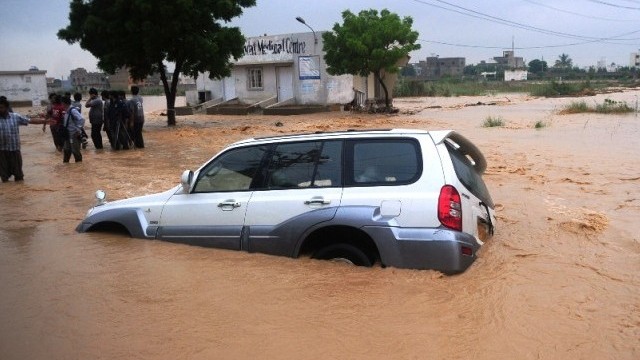
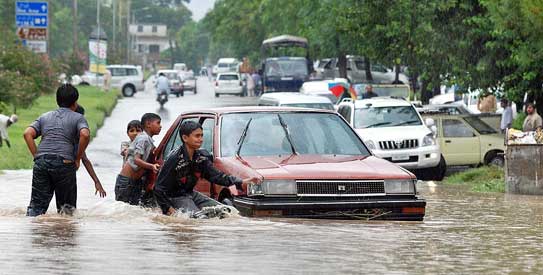
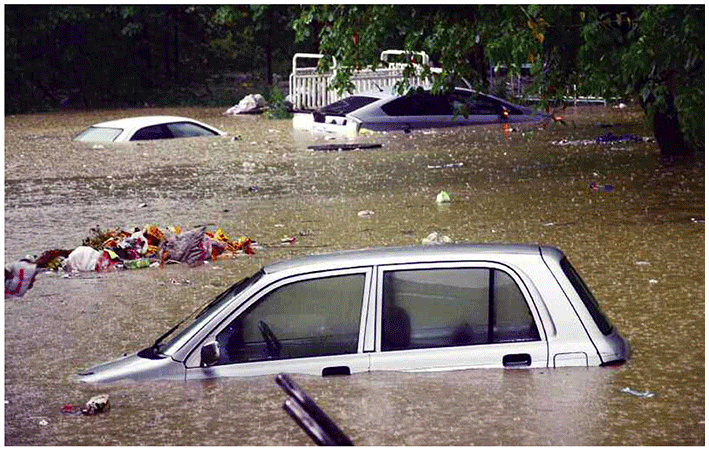
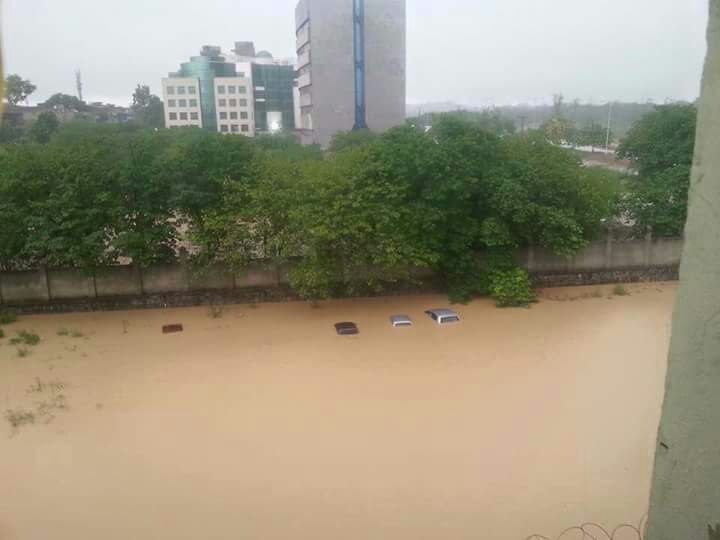
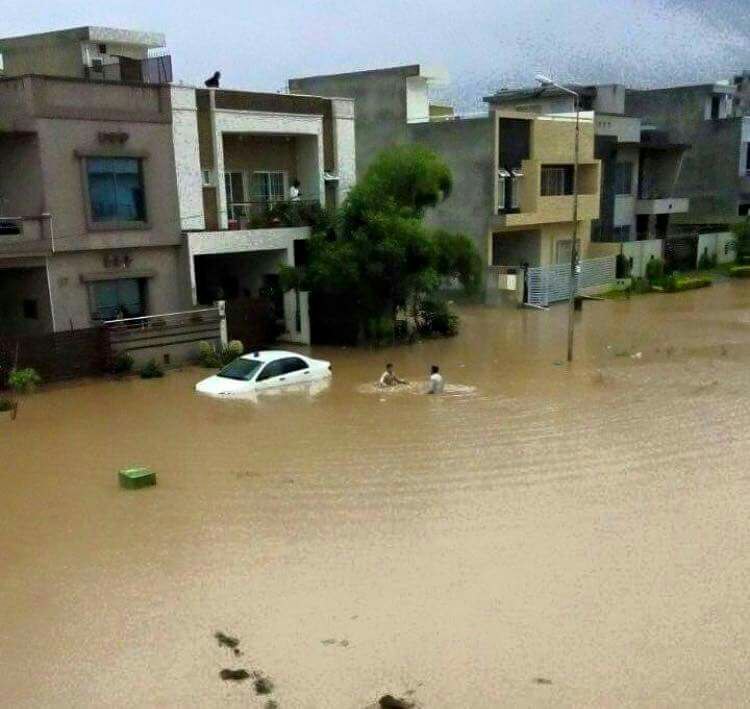
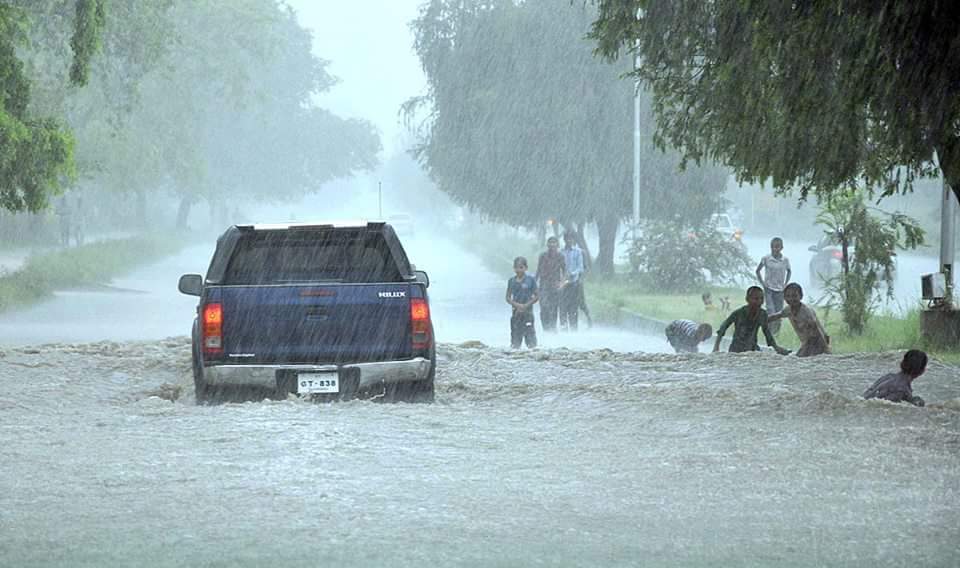
Great tips. One from my side : In the next elections vote wisely.
Or simply vote correctly next time 🙂
Great advice to all car owners.
Agree but how to teach it to stupid old people and The Graeens…
And next vote for a human not an animal or a lohaar again
very good tips
yaar is there any place in Pakistan where sewage system is good and flash floods won’t occur at all? 🙁
What about Bahria Town Islamabad?
Or any Elite Sector of Islamabad???
F-7/1